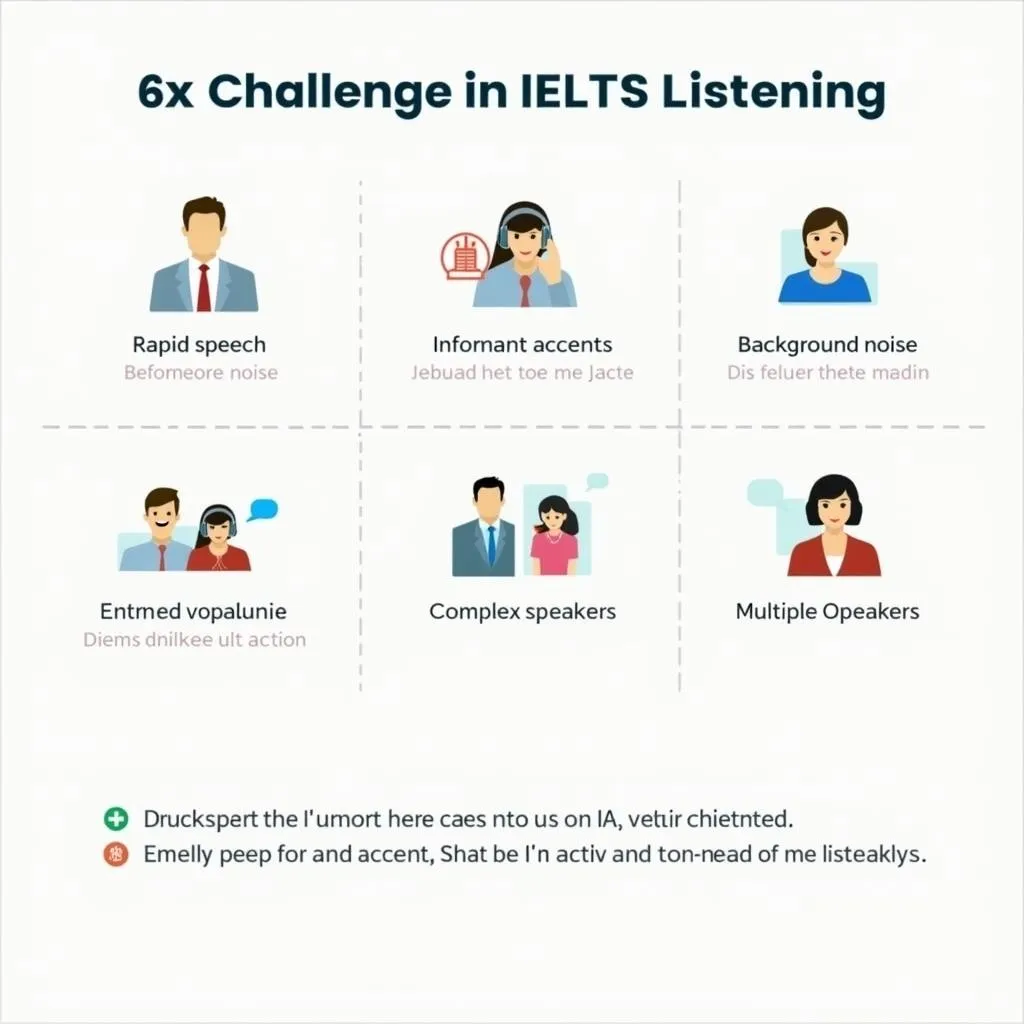Understanding Yes/No Questions in IELTS Listening
Yes/No questions are a common type of question in the IELTS Listening test. These questions require you to determine whether a statement is correct based on the information you hear in the audio recording. Mastering this question type is crucial for achieving a high score in the Listening section.
Nội dung bài viết
- Understanding Yes/No Questions in IELTS Listening
- The Structure of Yes/No Questions
- Strategies for Answering Yes/No Questions
- 1. Read the Questions Beforehand
- 2. Listen for Specific Information
- 3. Be Aware of Paraphrasing
- 4. Watch Out for Distractors
- 5. Use the Process of Elimination
- Common Pitfalls to Avoid
- 1. Confusing ‘No’ with ‘Not Given’
- 2. Making Assumptions
- 3. Missing Negative Expressions
- Practice Techniques for Yes/No Questions
- 1. Use Official IELTS Practice Materials
- 2. Create Your Own Yes/No Questions
- 3. Time Yourself
- 4. Analyze Your Mistakes
- Advanced Tips for High Scorers
- 1. Develop Active Listening Skills
- 2. Improve Your Vocabulary
- 3. Practice with Various Accents
- Conclusion
The Structure of Yes/No Questions
Yes/No questions in IELTS Listening typically consist of a statement followed by three possible answers:
- YES (if the statement agrees with the information in the recording)
- NO (if the statement contradicts the information in the recording)
- NOT GIVEN (if there is no information about the statement in the recording)
Strategies for Answering Yes/No Questions
To effectively answer Yes/No questions in IELTS Listening, consider the following strategies:
1. Read the Questions Beforehand
Always read the questions before the audio begins. This allows you to:
- Familiarize yourself with the topic
- Identify key words and phrases
- Predict the information you need to listen for
2. Listen for Specific Information
As you listen to the recording, focus on information that directly relates to the statements in the questions. Pay attention to:
- Names, numbers, and dates
- Comparisons and contrasts
- Opinions and attitudes of speakers
 IELTS Listening Focus
IELTS Listening Focus
3. Be Aware of Paraphrasing
IELTS often uses paraphrasing in the audio, meaning the information may be expressed differently from the written statement. Train yourself to recognize synonyms and alternative phrasings.
4. Watch Out for Distractors
The audio may contain information that seems relevant but doesn’t directly answer the question. Stay focused on the specific information needed to determine if the statement is Yes, No, or Not Given.
5. Use the Process of Elimination
If you’re unsure about an answer, try to eliminate the options that are definitely incorrect. This can increase your chances of selecting the right answer.
Common Pitfalls to Avoid
When answering Yes/No questions in IELTS Listening, be careful to avoid these common mistakes:
1. Confusing ‘No’ with ‘Not Given’
Remember that ‘No’ means the statement contradicts the information in the recording, while ‘Not Given’ means there’s no information about the statement at all.
 Yes/No/Not Given in IELTS Listening
Yes/No/Not Given in IELTS Listening
2. Making Assumptions
Don’t make assumptions based on your own knowledge or opinions. Base your answers solely on the information provided in the audio.
3. Missing Negative Expressions
Pay close attention to negative words and phrases like “not,” “never,” “hardly,” or “seldom.” These can completely change the meaning of a statement.
Practice Techniques for Yes/No Questions
To improve your skills in answering Yes/No questions, try these practice techniques:
1. Use Official IELTS Practice Materials
Work with official IELTS practice tests and sample questions to familiarize yourself with the format and difficulty level of Yes/No questions.
2. Create Your Own Yes/No Questions
Listen to English podcasts or news reports and create your own Yes/No questions based on the content. This helps you understand how these questions are constructed.
3. Time Yourself
Practice under timed conditions to improve your speed and accuracy in answering Yes/No questions.
 Practicing IELTS Listening
Practicing IELTS Listening
4. Analyze Your Mistakes
After completing practice tests, carefully review your incorrect answers. Understand why you made each mistake and how to avoid similar errors in the future.
Advanced Tips for High Scorers
If you’re aiming for a top score in IELTS Listening, consider these advanced strategies:
1. Develop Active Listening Skills
Train yourself to actively process information as you hear it, rather than passively listening. This helps you quickly identify relevant details for Yes/No questions.
2. Improve Your Vocabulary
Expand your English vocabulary, especially in academic and formal contexts. This will help you better understand paraphrased information in the audio.
3. Practice with Various Accents
IELTS Listening tests may feature speakers with different English accents. Familiarize yourself with various accents to improve your overall comprehension.
Conclusion
Mastering Yes/No questions in IELTS Listening requires practice, attention to detail, and strong analytical skills. By understanding the question structure, implementing effective strategies, and avoiding common pitfalls, you can significantly improve your performance on this question type. Remember to practice regularly with a variety of materials and always stay focused during the actual test. With dedication and the right approach, you can excel in answering Yes/No questions and boost your overall IELTS Listening score.


